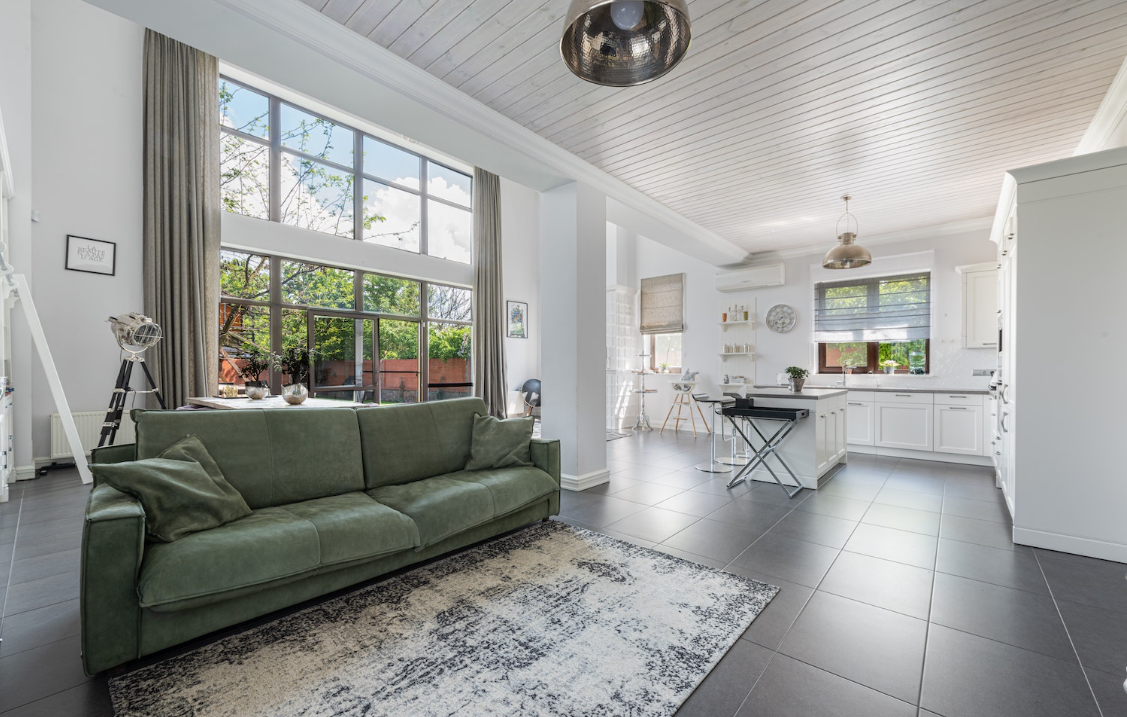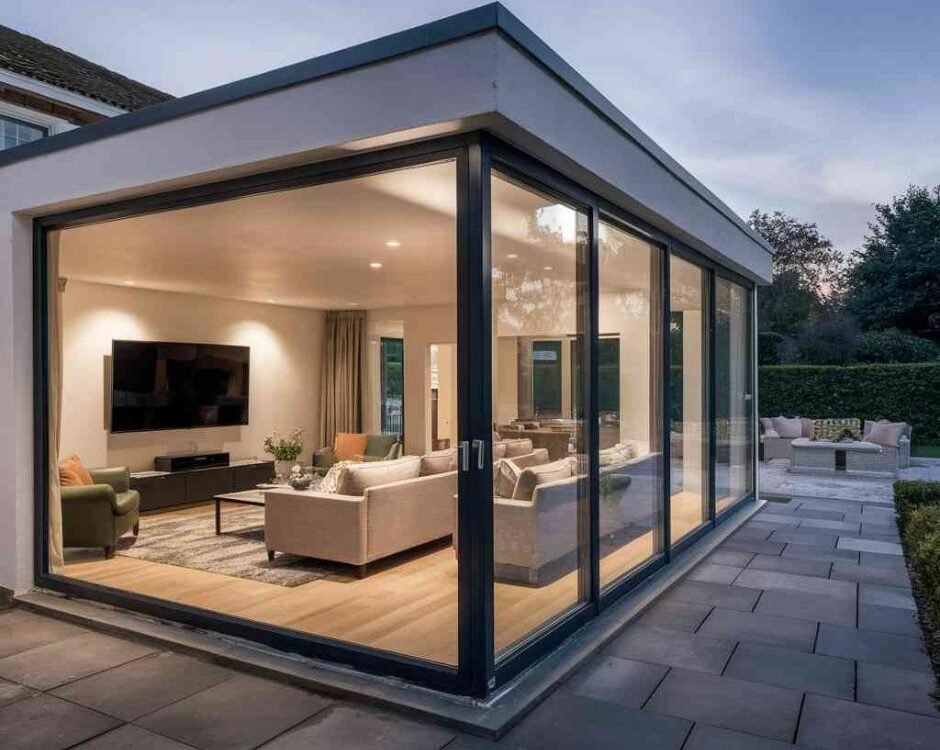
Beyond Blueprints: Crafting A Vision For Your Room Addition Design
November 15, 2023
Seamless Integration: Blending New Spaces With Existing Design In Room Additions
November 15, 2023Expanding a home’s existing structure can be an exciting yet challenging venture. It presents a unique opportunity to fulfill long-held aspirations and create spaces that are not merely functional, but also serve as personal sanctuaries and enhance the overall aesthetic appeal of the dwelling.
This endeavor requires meticulous planning, thoughtful design considerations, and careful budgeting to ensure the successful realization of this ambitious goal. With various factors to consider such as materials, furnishings or even regulatory constraints, it is crucial to approach this task armed with comprehensive knowledge and understanding.
The forthcoming discourse offers valuable insights into designing an ideal room addition for one’s residence. By highlighting key aspects like effective budgeting strategies and prudent material selection techniques, it aims to empower readers in making informed decisions that align with both their personal desires and practical needs.
The ensuing information seeks not merely to provide tips on successful home expansion projects but also foster a sense of belonging amongst its readers towards their living space – transforming houses into homes that reflect individual tastes while offering warmth, comfort, and familiarity.
The Planning and Budgeting Process
Establishing a comprehensive plan and budget for a home addition is critical to ensure the project’s success while minimizing unexpected costs. This process involves several vital steps including determining the purpose of the extension, setting realistic expectations, conducting thorough research on materials and labour costs, and establishing contingency plans for unforeseen expenses.
It is also important to consider factors such as zoning laws and building regulations, which may impact project timelines and cost estimates. These initial steps provide a solid foundation upon which to build a detailed blueprint of the proposed addition.
The creation of an accurate budget follows this planning phase. Herein lies the task of quantifying all anticipated expenses related to design work, construction materials, contractor fees, permits, utilities modifications among others. The budget should also allocate resources for potential overruns or unanticipated changes that may arise during construction.
This financial roadmap not only aids in preventing overspending but also ensures that funds are readily available when needed, consequently ensuring a smooth execution of the project. As part of this community-oriented audience’s desire for belongingness; it becomes essential to involve family members in these planning stages – their input not only fosters unity but also leads towards creating an addition that satisfies everyone’s needs effectively and efficiently.
Choosing Materials and Furnishings
Selecting the appropriate materials and furnishings significantly contributes to the overall aesthetic and functionality of the newly added space.
The choice of materials, from flooring to wall coverings, can have a profound impact on both the appearance and durability of the room.
Premium quality materials, while often requiring a higher initial investment, tend to offer superior longevity and performance over time.
The selection should not only align with personal taste but also consider factors such as climatic conditions, maintenance requirements, and sustainability standards.
Furnishings play an essential role in enhancing comfort levels while defining spatial relations within the area.
Given that furniture tends to occupy a significant portion of visible space in any room, careful consideration must be given to size compatibility with existing structures.
In addition, design elements such as color scheme, texture, pattern and style can either unify or diversify themes across different areas within the house for a harmonious living environment.
Therefore, it is advisable to consult professional interior designers or use virtual reality tools for visualizing potential designs before making purchases.




